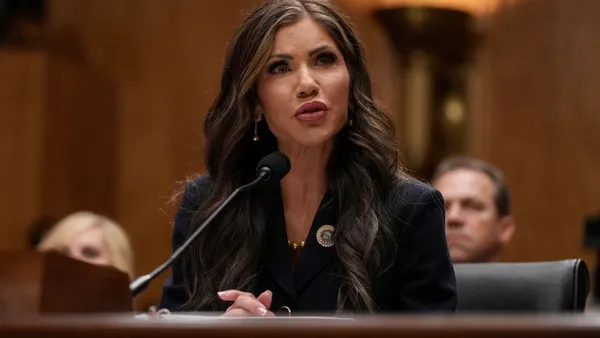Dive Brief:
- It's been 30 years since the Supreme Court connected workplace harassment to Title VII of the Civil Rights Act of 1964. But according to an article at Human Resource Executive, change driven by the discrimination ruling has been slow.
- The EEOC formed a task force after seeing the alarming statistic that 30% of the 90,000 charges the commission received in 2015 included a harassment allegation component.
- Even with anti-harassment training being pushed hard by employers, it was just not enough. So the EEOC decided initiatives around the issue needed a "reboot" – moving away from pure risk management and instead building a "culture of civility and respect" that discourages harassment in the first place, according to HRE.
Dive Insight:
The EEOC report offers several ways employers need to change when it comes to reducing those harassment statistics, including "It Starts at the Top"; Revisiting policies and procedures; keep doing anti-harassment compliance training, and offering "Workplace Civility and Bystander Intervention Training."
The fourth idea involves promoting respect and civility in the workplace, rather than merely on eliminating offensive behavior. Bystander intervention training could be "a game changer in the workplace," EEOC Commissioner Chai Feldblum said, because it "creates a sense of collective responsibility on the part of workers and empowers them to be engaged bystanders in preventing harassment."
The fifth and final EEOC suggestion is "It's On Us," a company-wide campaign that encourages employees to "become an engaged bystander" in stopping workplace harassment, much like the programs being used on college campuses to try and prevent sexual assault incidents.













